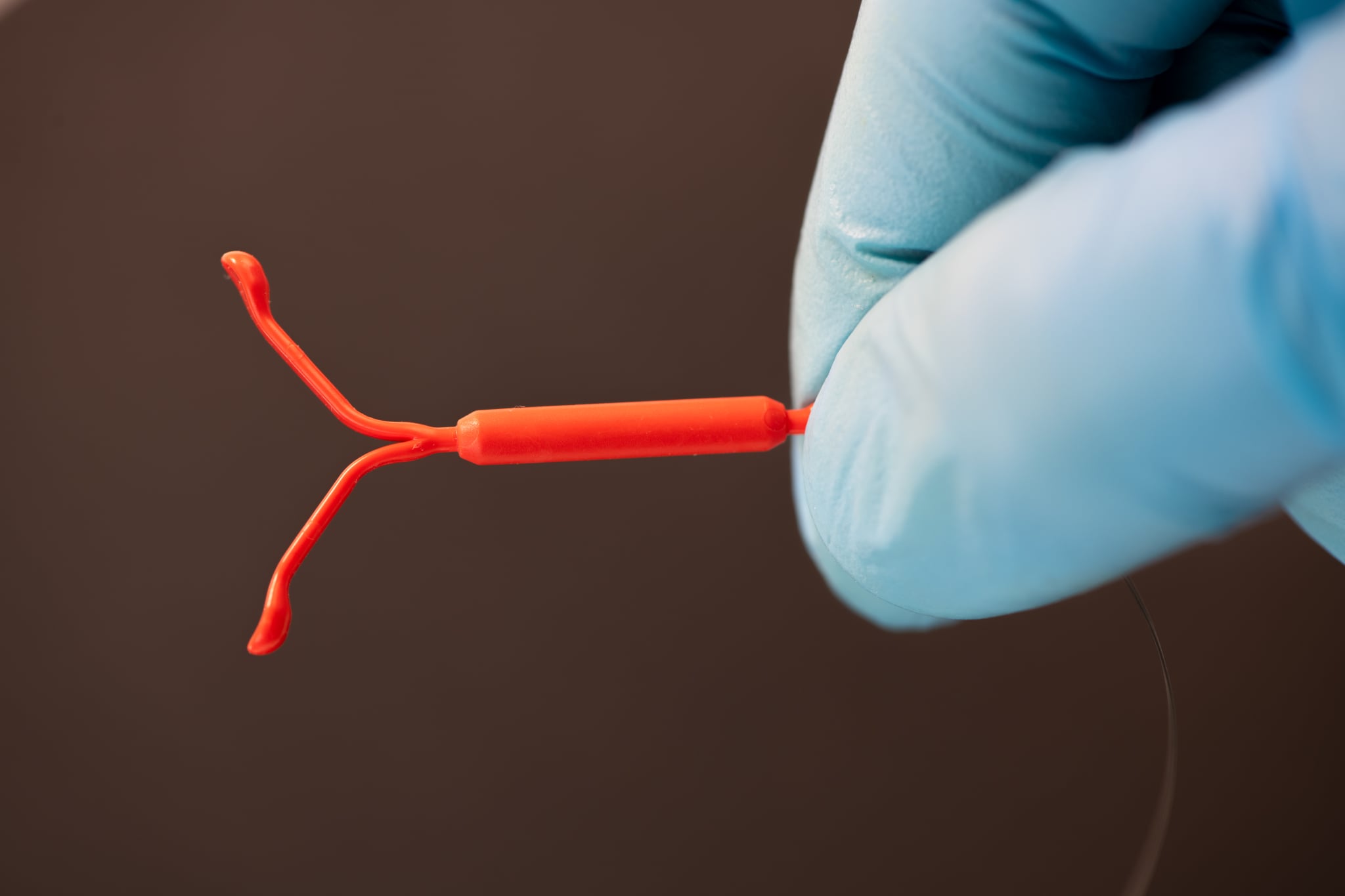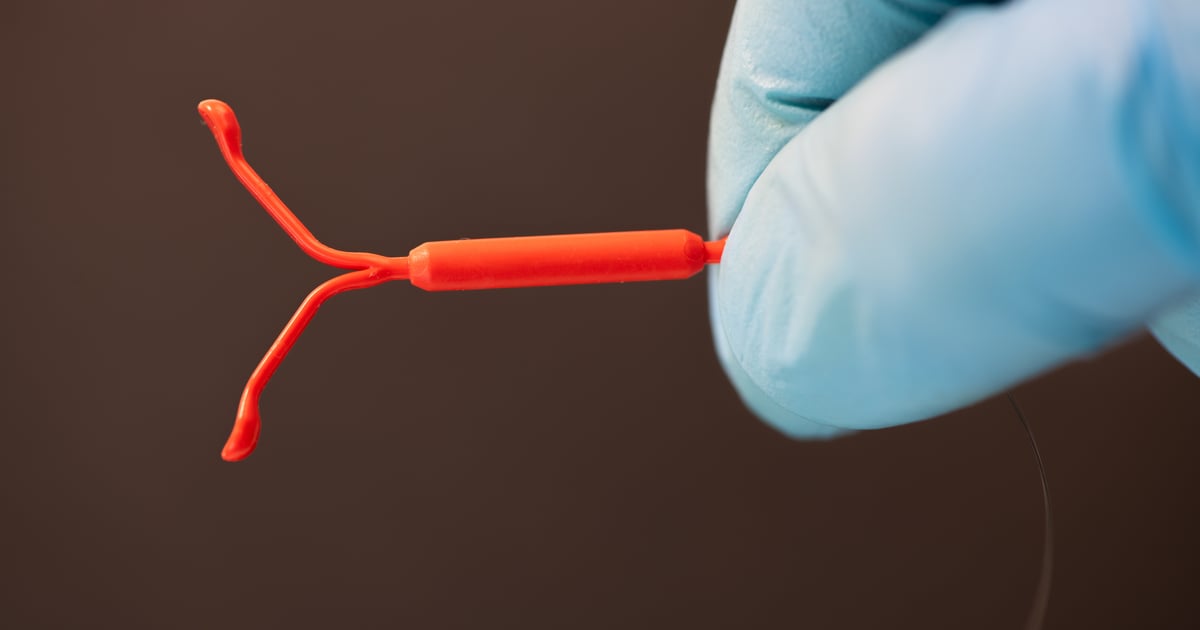
My first IUD insertion was — not exaggerating — the most painful experience of my life. I remember screaming, nearly fainting (I had to lie on the table for about 10 minutes afterward), throwing up on the way home, and weathering waves of debilitating cramps for days. So when the five-year mark rolled around and my Mirena needed to be replaced, I wasn’t exactly thrilled to repeat the experience.
I talked to my ob-gyn about how painful the first procedure was and made it clear that I was extremely anxious to do it again. He said there were a few measures I could try to help with the pain, beyond the doses of ibuprofen I’d taken during the first insertion. He actually told me not to take any oral painkillers the day of my appointment; instead, the nurse gave me a shot in my hip, a nonsteroidal anti-inflammatory drug (NSAID). After giving some time to set in, my doctor also gave me anesthetic shots to my cervix before the procedure.
It was a lot of needles, but they were worth it; I couldn’t believe what a difference I felt. The worst pain came during the removal of my old IUD, which felt like one big cramp. When my doctor started to insert the new one, I felt just some distant discomfort in my abdomen. When he told me it was finished, I stared at him and said, “Wait . . . really?” Compared to my first IUD placement, I’d barely felt a thing. I hardly cramped at all over the next few days, compared to the week of severe cramping I experienced five years ago.
It’s hard to describe how debilitating the pain of IUD placement can be if you haven’t experienced it, and how frankly terrifying it is to know you’re about to put yourself through that again. In fact, fear of pain is considered a legitimate barrier to getting an IUD, a mix of anxiety and dread that can feel impossible to overcome, even when you know all the benefits of this long-term birth control. If you know the feeling, finding out that there are other pain-management options beyond over-the-counter painkillers can come as a huge relief, even if getting them isn’t as straightforward as you’d like. I talked to ob-gyn Tamika Cross, MD, FACOG, co-owner of Serenity Women’s Health & Med Spa in Pearland, TX, about the options I used and other ones you can talk to your doctor about to make this procedure less scary and more manageable.
How Can I Make IUD Insertion Less Painful?
- Nonsteroidal anti-inflammatory drug injections: NSAID shots are administered close to the area of pain — in my case, in my hip. Dr. Cross said this injection is an option, but since it’s a shot, it does have to be administered in your doctor’s office. The shot will take effect more quickly than a pill like ibuprofen, Dr. Cross said, but you’ll still have to wait about 30 minutes, in-office, for it to reach its peak effect. Also, not every doctor offers this option, Dr. Cross added. She noted that, despite anecdotal experiences like my own, there is no “solid data that proves it reduces pain during insertion.”
- Oral NSAIDs (ibuprofen, Advil): Many doctors recommend taking ibuprofen or Advil prior to your IUD placement, sometimes more than one dose’s worth. These oral NSAIDs help with pain by “inhibiting prostaglandins that are responsible for the cramping associated with IUD insertion,” Dr. Cross said, and are more readily available than topical shots. However, the research is mixed on their effectiveness. A 2015 randomized control trial, for example, showed that women who took 800 milligrams of ibuprofen before their IUD placement did not experience reduced pain. Other research into dosage amounts and effectiveness is ongoing.
- Lidocaine gel or shots: In addition to the NSAID shot, my doctor also injected a lidocaine paracervical block, an anesthetic shot or series of shots around the cervix to lessen pain. A 2017 study showed that using a paracervical block on patients who have never given birth (and who tend to feel the most pain during IUD placement) “significantly reduced self-reported pain” during the procedure. A 2016 study that found that lidocaine gel reduced pain during tenaculum placement, an earlier portion of the procedure, though it didn’t have an effect during the IUD insertion itself.
- Misoprostol: Some doctors prescribe a drug called misoprostol, which helps to open up the cervix, for patients to take before the placement. While not exactly a painkiller, this drug is meant to make the insertion easier for the doctor and less painful for the patient, as many people find the cervix-dilation part of the placement to be painful. A 2012 review, however, noted that misoprostol might not actually make the placement any easier or less painful (it might actually increase the negative side effects). Anecdotally, I took misoprostol before my recent insertion and didn’t feel increased cramping.
- Schedule your appointment during your period: Your cervix is already slightly open during your period, Dr. Cross said. Getting your IUD placed during this time reduces the need for dilation and the pain that comes with it, though it’s not always possible to get your schedule and cycle aligned.
There are a lot of positives to getting an IUD, and if you’re considering getting one or already have one, you probably know all about them. Still, the thought of placement pain — whether you’ve already been through it or have been reading up on horror stories — can be terrifying in and of itself, even if you’re one of the many people who don’t have a problem during the quick procedure. Before you get too anxious, make sure to talk to your doctor about your options for minimizing that pain. Chances are, they’ll want to make the experience as comfortable as possible, and there are plenty of tools you can use to make that happen.
